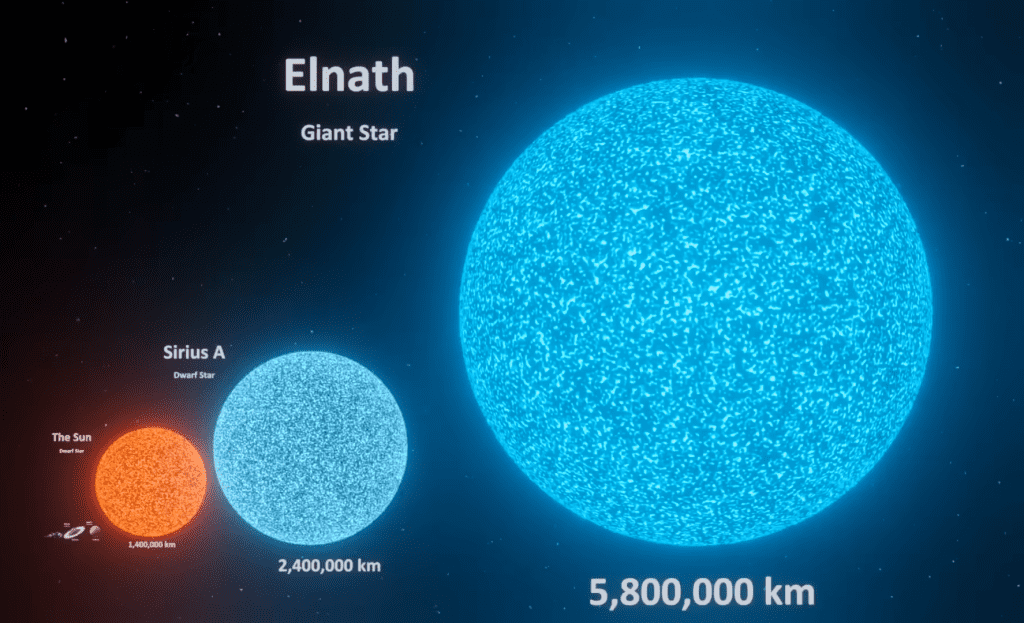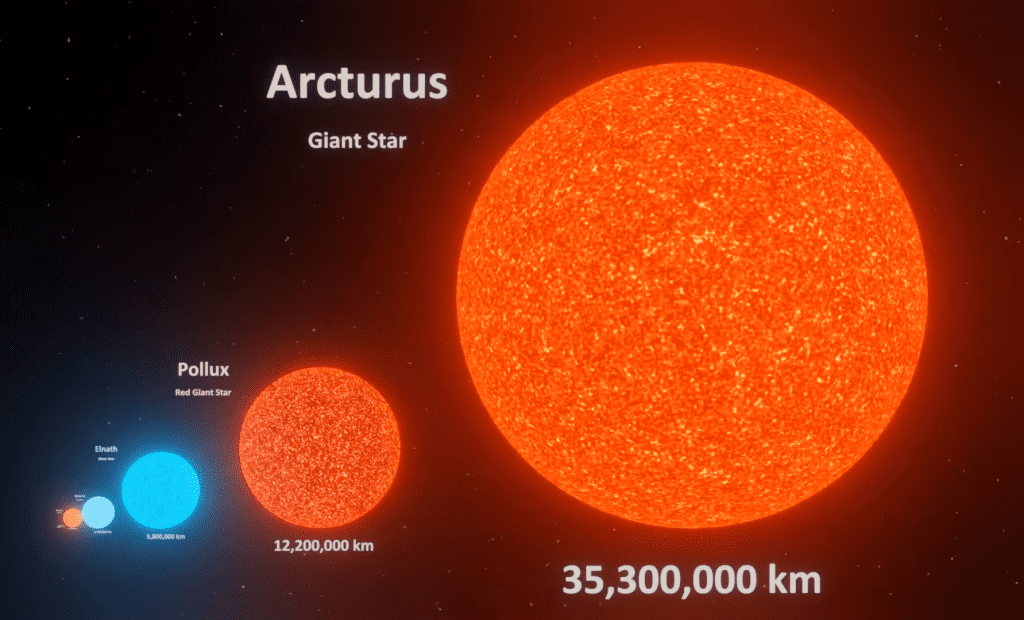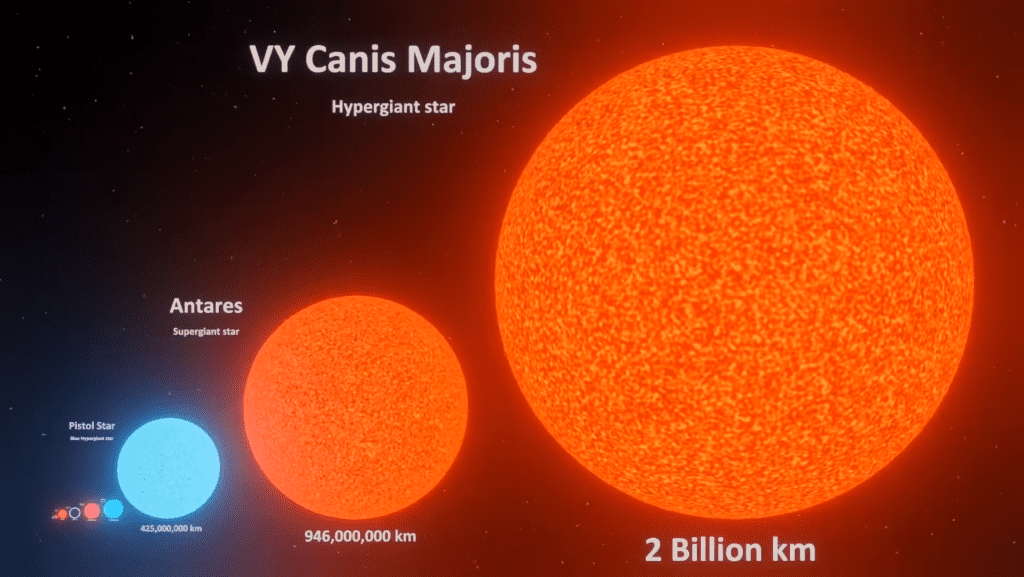Perspective Is Everything: How Small Is Our Solar System?
The Earth is a small planet in the grand scheme of the universe, and the size comparison to hypergiant stars truly puts this into perspective. Hypergiant stars are some of the largest stars in the universe, with diameters that can be thousands of times larger than the Sun.

For comparison, the Earth has a diameter of approximately 12,742 kilometers, while the largest known hypergiant star, VY Canis Majoris, has a diameter of around 1,800 times that of the Sun. This mean that, if VY Canis Majoris replaced the sun, its surface would extend past Jupiter’s orbit!
In other words, the Earth is tiny compared to hypergiant stars like VY Canis Majoris. It’s difficult to even imagine the vastness of such a star, and the size difference between it and the Earth is truly humbling.

But size isn’t everything, and despite its small size, the Earth is home to a wide variety of life and is the only known planet to harbor intelligent life. The planet is also unique in that it supports a delicate balance of ecosystems that have evolved over millions of years.
So while the Earth may be small in comparison to hypergiant stars, it’s important to remember that its size is not a reflection of its significance. The planet is a beautiful and complex system that has given rise to an incredibly diverse range of life forms, and it’s our responsibility to protect and preserve it for generations to come.

In conclusion, while hypergiant stars like VY Canis Majoris may be thousands of times larger than the Earth, the planet’s significance lies not in its size, but in the fact that it’s the only known planet to harbor life. As we continue to explore the universe and learn more about the vastness of space, it’s important to remember the unique and precious nature of our home planet.
